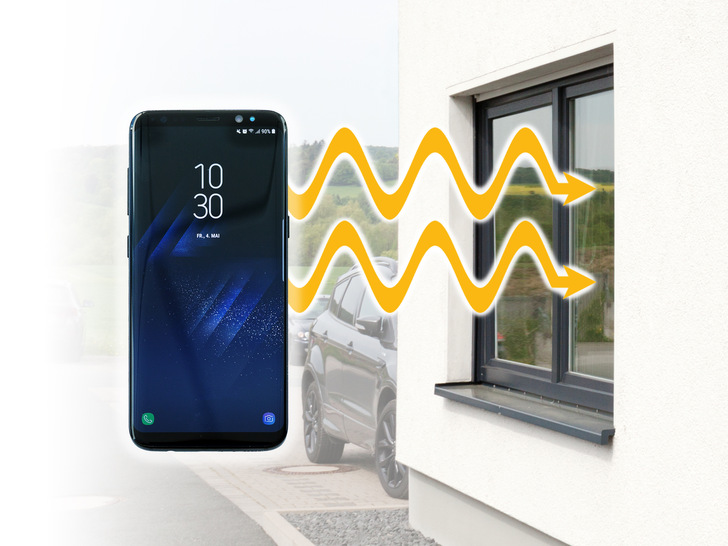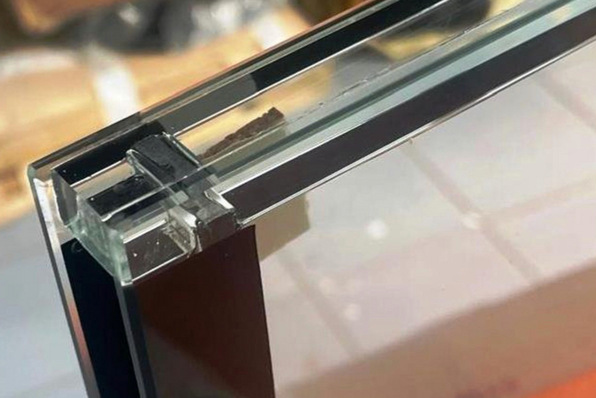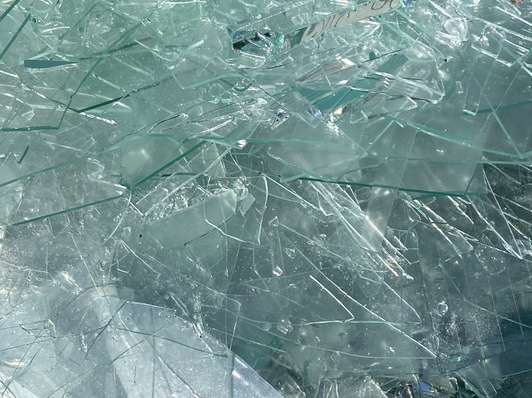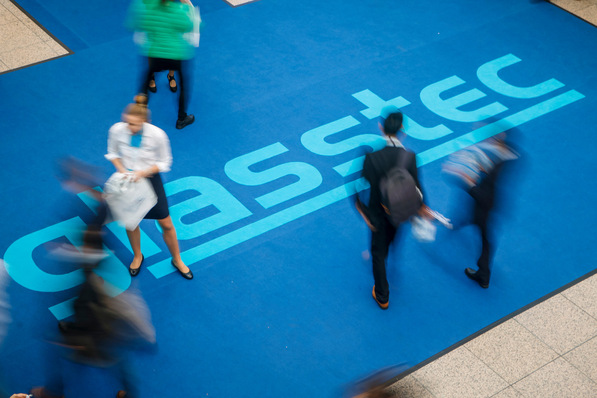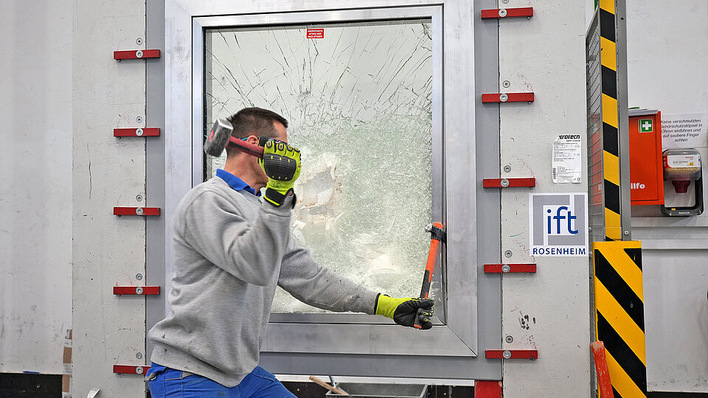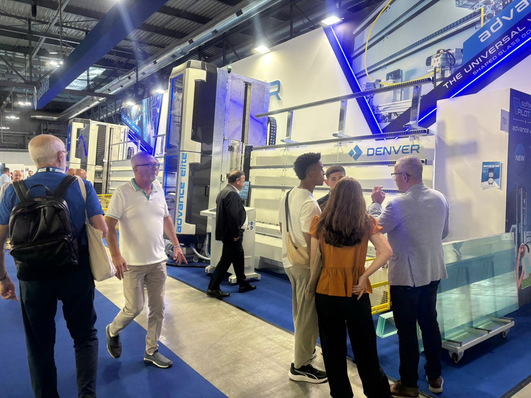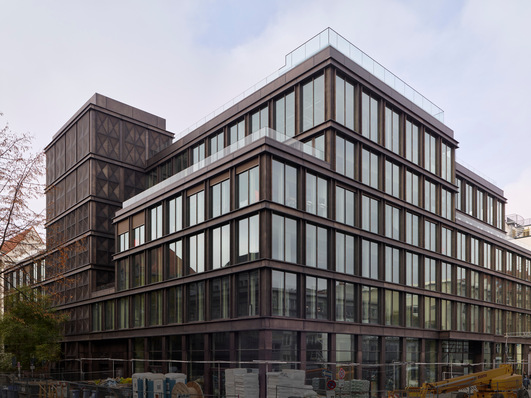The down side to this aspect of thermal insulation is that the layer minimises the pane’s level of penetrability for high-frequency wireless communication waves. In the best-case scenario, this limits communication with mobile phones or tablets and makes it impossible in the worst case.
Physically speaking, the problem is easy enough to identify. If the panes or the glass front are finished with a metallic coating, the building envelope acts like a Faraday cage involving a large proportion of glass and metal. This either prevents the penetration of wireless communication entirely or severely impairs them as a result of the unintentional reflection of the signals.
A new finishing process from HEGLA boraident has broken through the fundamental conflict between thermal insulation and the requirements of wireless data communication. The process involves partially removing the low-E or wear layer by laser in extremely thin lines to allow the high-frequency waves to pass through. The de-coating process follows a newly developed organic pattern consisting of overlapping dodecagons or circles. As a result of the fine line width, the finish is barely visible to the naked eye. If the pane is processed into an insulating glass unit in a further step, the texture can be described as virtually invisible.
Did you know?
Hegla are also using lasers for other purposes
Laser segmentation significantly increases the level of penetrability for wireless and data communication. Once the finishing process is complete, the energy transmittance for high-frequency waves is comparable to that of uncoated glass. Even at the higher frequencies and bandwidths of the 5G standard, the limitations do not become greater. The surface treatment designed to enhance the penetrability of glass for wireless communication has proven advantageous in environments where wireless communication is featured, such as conference rooms, hotels, public transport and offices. These are all environments in which glass finishing companies stand to achieve a higher level of added value with their products. Their customers can benefit from the lower technical and financial expenditure for routers, repeaters and LAN connections.
Insulation properties, strength and energy efficiency remain virtually unchanged
In terms of quality, the surface remains undamaged by laser processing, and its strength is not negatively affected by float glass, toughened glass or tempered glass. The insulating properties and energy efficiency of the glass remain virtually the same.
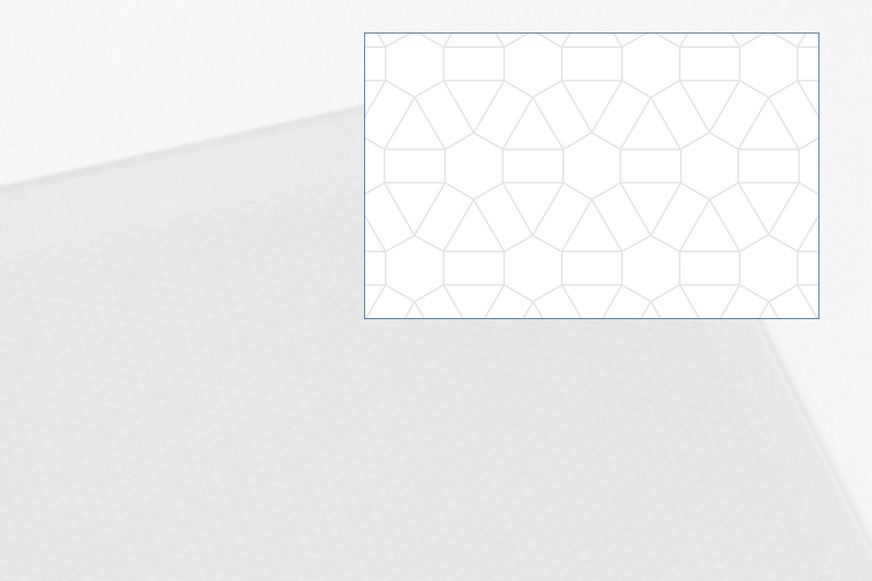
Hegla
In addition to the direct benefits of finishing glass to establish improved penetrability for wireless communication, the finish’s structure also features a number of technical properties. The pattern has a subtle appearance. It is composed of individual interlocking and overlapping elements, which allows it to be segmented particularly effectively and productively. A finish with this structure creates a visually flawless, seamless overall picture, which is characterised by an excellent overall aesthetic quality.
The laser processing method for creating a glass finish for wireless communications can be installed on the Laserbird as an app and used without the need for any special setup requirements.







